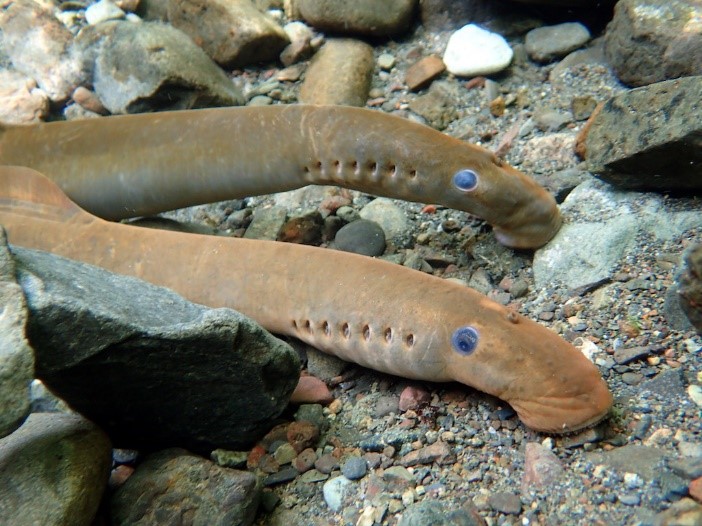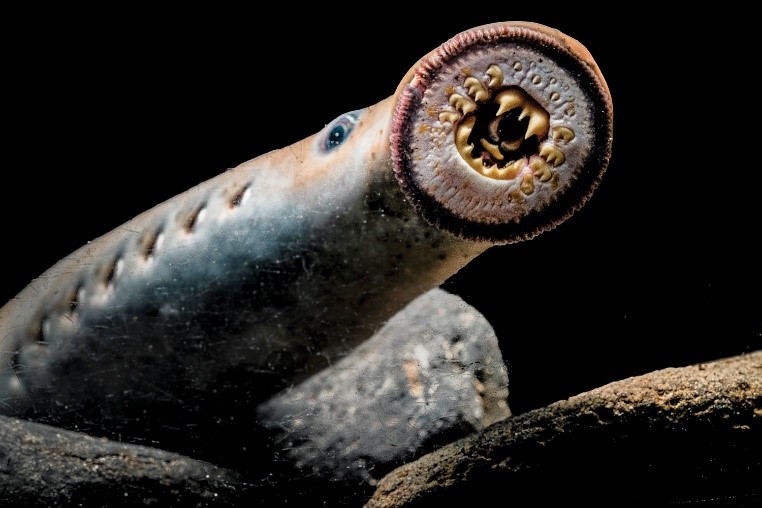Free Courses Sale ends Soon, Get It Now


Free Courses Sale ends Soon, Get It Now



Disclaimer: Copyright infringement not intended.
Context
READ ALL ABOUT LAMPREYS: https://www.iasgyan.in/daily-current-affairs/lamprey
Lamprey Fish:
Introduction:

Disclaimer: Copyright infringement not intended.
Physical Characteristics:
Life Cycle:
Feeding Habit:
Habitat:
Economic Importance:
Reproduction:
Conservation Status:
Notable Species:
Cultural Significance:
Medical Research:
Control Measures:
Ecosystem Benefits of Lamprey Fish
|
PRACTICE QUESTION Q. Which of the following statements about lamprey fish is correct? 1.Lampreys belong to the superclass Osteichthyes. 2.Adult lampreys are herbivorous, feeding on algae and detritus. 3.Lampreys exhibit anadromous behavior, migrating between freshwater and the ocean during different life stages. 4.Lampreys have scales covering their skin similar to other fish species. Select the correct answer using the codes below: A) Only 1 and 2 B) Only 2 and 4 C) Only 3 D) Only 1 and 3 Answer: C) Only 3 Explanation
In summary, the correct answer is C) Only 3, as it accurately represents the characteristics of lamprey fish. |
© 2024 iasgyan. All right reserved